Pros and Cons of Buying Under-Development Property
I was never a fan of under-development property. I’ve dealt with contractors before, and some of them couldn’t put up a shower curtain, let alone a building. Besides, I’m a “buy what I see” kind of investor; and all I see in under-development property is dirt, pipes, and three hour lunch breaks. But time has opened new horizons, and I’ve been pressed to take a more objective stand. So my prejudice aside, here’s are some pros and cons of buying under-development property:
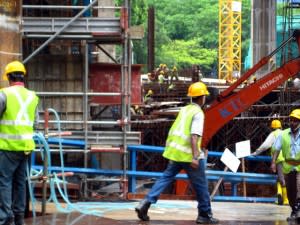
Reviews called this development “divine”. As in, it’s a miracle if we meet the deadline.
Wait, What’s Under-Development Property?
It’s property that hasn’t been built yet. The construction crews are still working on it, but the developers want their money already.
To facilitate that, developers begin selling units before completion. In some cases, the property can be wholly bought while under development. In others, purchasers can only secure an option to buy. Likewise, under-development properties are sold at different points in their construction. Some properties are conceptual, where only the land has been bought. In others, the sale may begin a few years before completion, so the property is already (mostly) intact.
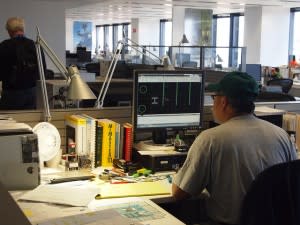
“Don’t worry, I designed the last level of Doom III. Your house will look great.”
The Pros of Under-Development Property
These can be summarized as:
Larger range of discounts
Priority purchasing
Defects free period
These points vary based on the developers involved. We’ll also assume the property is residential; if you’re in a position to buy a commercial building, then you need advice like the prime minister needs a pay raise.
1. Larger Range of Discounts
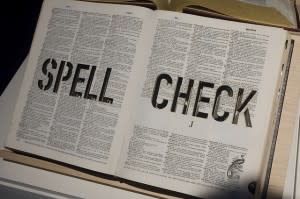
You want how much off? Wait, let me just check that we said ‘discount’ and not ‘charity’.
For high profile properties, many developers aim to sell as much as 70% of the property before completion. It means a faster return on investment (ROI).
To encourage early buyers, developers sometimes give per-square-foot discounts. Other common discounts involve the absorption of relevant stamp duties. Overall, early buyers might enjoy cost reductions of 1%-3%.
2. Priority Purchasing

And this is just the toilet queue on launch day.
In a single development, different units can have radically different values. If you buy early, you get to pick the best ones.
For landlords, for example, the choice of units is a big deal; an apartment closer to the car park or pool might be easier to rent. Likewise, the facing of the apartment counts: An with a view (instead of facing the next block) fetches a higher value.
So one of the reasons to buy early is that you can cherry pick your unit; by the time a property is completed, you might be left picking through a rubbish pile of badly positioned apartments.
3. Defects Free Period
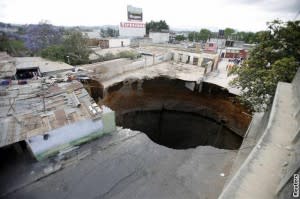
“Yeah, I’m pretty sure the floor isn’t meant to look like that.”
Since your property is so new, developers usually extend a defects-free period. This is the property developer’s version of a warranty.
A lot of things can go wrong in a new place; doors may creak, windows may not shut, and floor tiles can crack. If you’re within the defects free period, the developers are obliged to fix these problems at no charge. Do be on guard though; some developers postpone dealing with problems, stalling till after the defects-free period.
Also note that a defects-free period may not be comprehensive. In other words, it might cover bad tiling, but not cracked windows or a failed air-conditioner. The length of the defects-free period also varies; it can be as short as one month. Be sure to ask the developers for these details.
The Cons of Under-Development Property
The problems of under-development property are:
Risk of abandonment
Risk of delay
Speculative nature of investment
1. Risk of Abandonment

“Looking at it, I strangely empathize with your decision to give up.”
Tight regulation makes the risk of abandonment negligible in Singapore; but be wary of it when buying property overseas.
Some developers launch projects without first securing sufficient capital. In effect, they’re gambling that the property will be so hot, the sale of under-development units will fund the remainder of the project. And upon completion, they’ll have a net profit despite their lack of capital.
When sales aren’t as good as projected, these developers go into panic mode. They lower prices to the point where the project breaks even, in the hopes of at least finishing it. If the sales still don’t pick up, the project goes into abandonment. That means everything stops, and the people who bought units can…
Actually, I don’t know what they can do. Stand in line and hope they get their money back…someday.
2. Risk of Delay

“Bought a condo? Wait, was this before my 70th birthday?
If your unit is delayed, you could face problems.
If you’re intending to rent, you’ll find your finances in the gutter. Because your unit that’s supposed to have three tenants in it right now still resembles a twisted mass of steel and concrete. If you intended to move your family in, congratulations! You now get to spend X weeks in a $300 a night hotel, where X = however long the building contractors feel like.
And remember: you have a home loan to pay, whatever state your unit is in.
(For more details on getting the best home loans, follow us on Facebook. You should also check loan comparison sites like SmartLoans.sg).
3. Speculative Nature of Investment
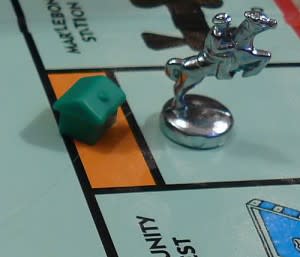
“I suspect this isn’t the best way to develop a strategy.”
With resale property, you have a good idea of rental rates and equity growth. You can study the price history of the unit.
Under-development property, on the other hand, is speculative. Rental yields and appraisals are assumed to match similar launches, or on the price history of the neighbourhood . But bear in mind: none of it is factual. A calculated risk is still a risk.
Also, note that showflats seldom resemble the real thing; they’ve had makeovers by expensive interior designers. Some have had doors removed and partitions installed. In some cases, developers have even made showflats slightly larger than the real unit.
With completed property, you can at least walk around the units and see them “as is”. For experienced property buyers, this is vital step in the decision making process.
Image Credits:
neajjean, orijinal, mandiberg, John Picken, this.is.seba, horslips5, fab to pix, Mike_fleming, neajjean (Thumbnail)
Are you a fan of under-development property? Comment and tell us why!
Get more Personal Finance tips and tricks on www.MoneySmart.sg
Click to Compare Singapore Home Loans, Car Insurance and Credit Cards on our other sites.
More From MoneySmart


